As winter approaches, the temperature gets lower and lower, and some common winter composite flexible packaging problems have become increasingly prominent, such as NY/PE boiled bags and NY/CPP retort bags that are hard and brittle; the adhesive has low initial tack; and the composite appearance of the product Problems such as difference.
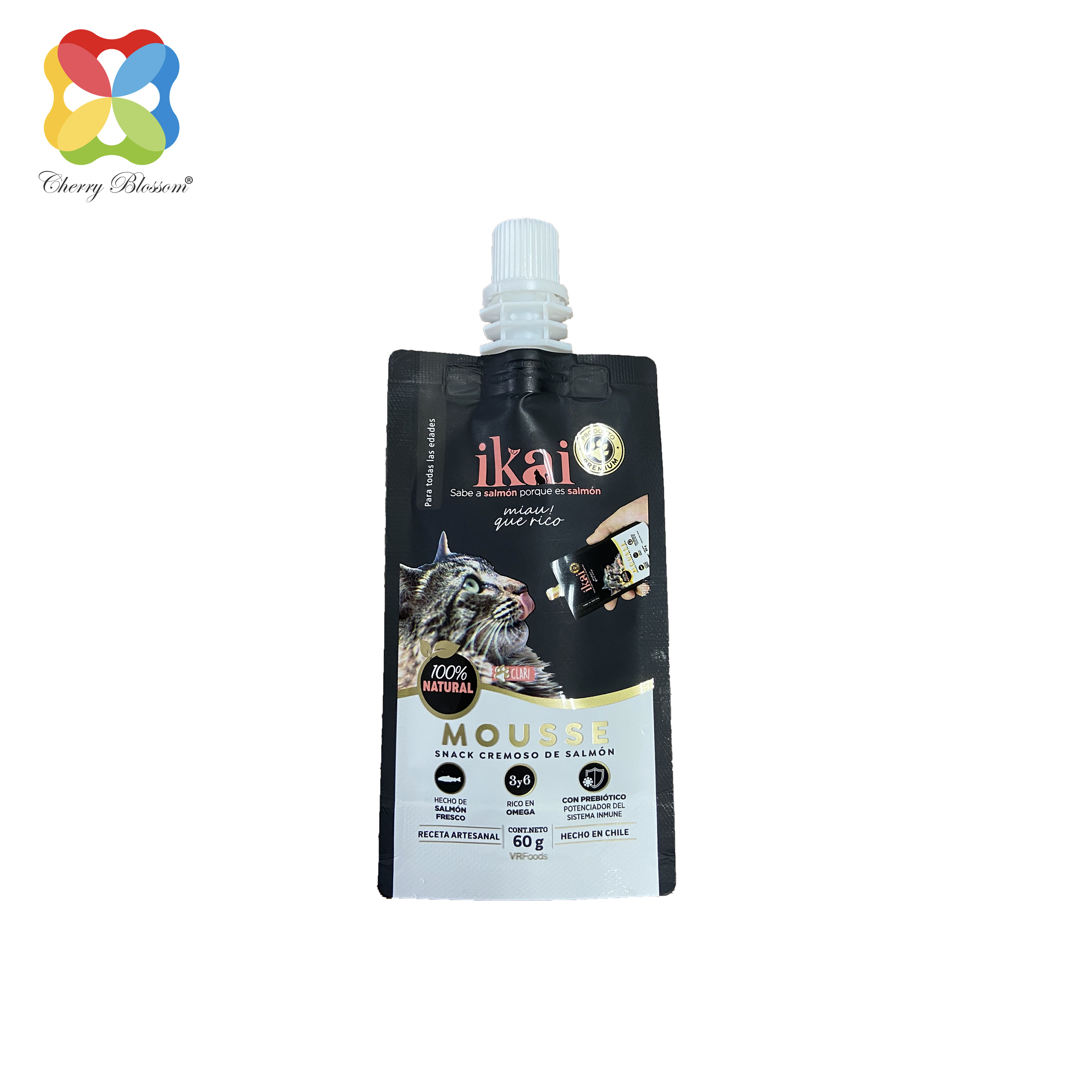
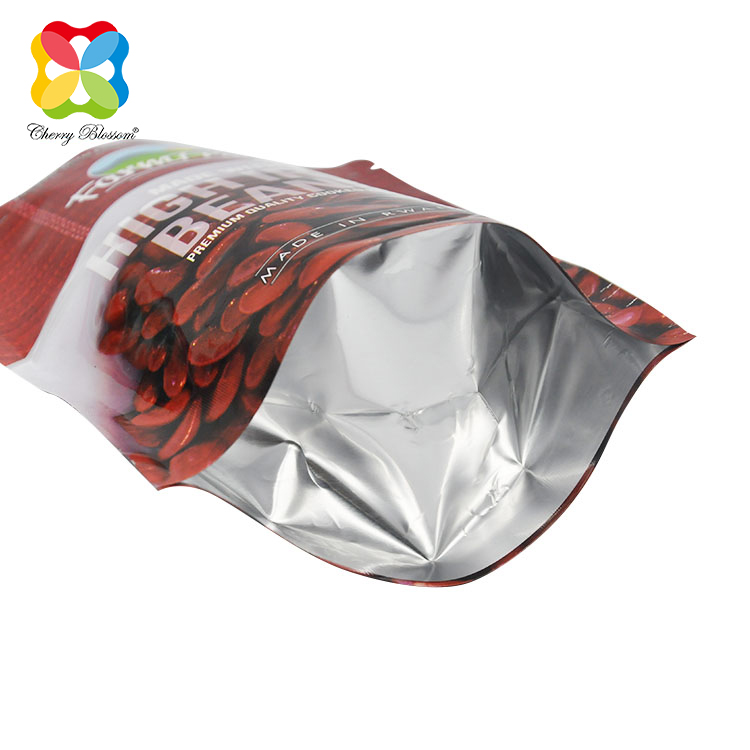
01 The adhesive has low initial tack
Since the temperature in various places has cooled down, some customers have reported that the initial bonding strength of high-temperature cooking glue UF-818A/UK-5000 has decreased when making PET/AL/RCPP structures, which means that the strength of the outer layer is okay, but the strength of the inner layer is very low. But after putting it in the aging room for ten minutes, it immediately acquires good strength. The customer has been using this product for more than half a year and it has been very stable, and the current composite process has not changed from the original one.
After on-site inspection, it was found that the material tension was normal and the amount of glue applied reached 3.7~3.8g/m2, and there were no problems. However, when the winding unit came into contact with the film, it was found that the film did not feel warm at all, and even felt cold. Looking at the parameter settings of the composite roller unit, the composite roller temperature is 50°C and the composite pressure is 0.3MPa. After the laminating roller temperature was raised to 70°C and the laminating pressure was raised to 0.4Mpa, the initial bonding strength was significantly improved, and the composite appearance was also improved.
The customer found it strange: the two parameters of laminating roller temperature 50℃ and laminating pressure 0.3Mpa have been used before, and no such situation has occurred. Why do we need to make changes now?
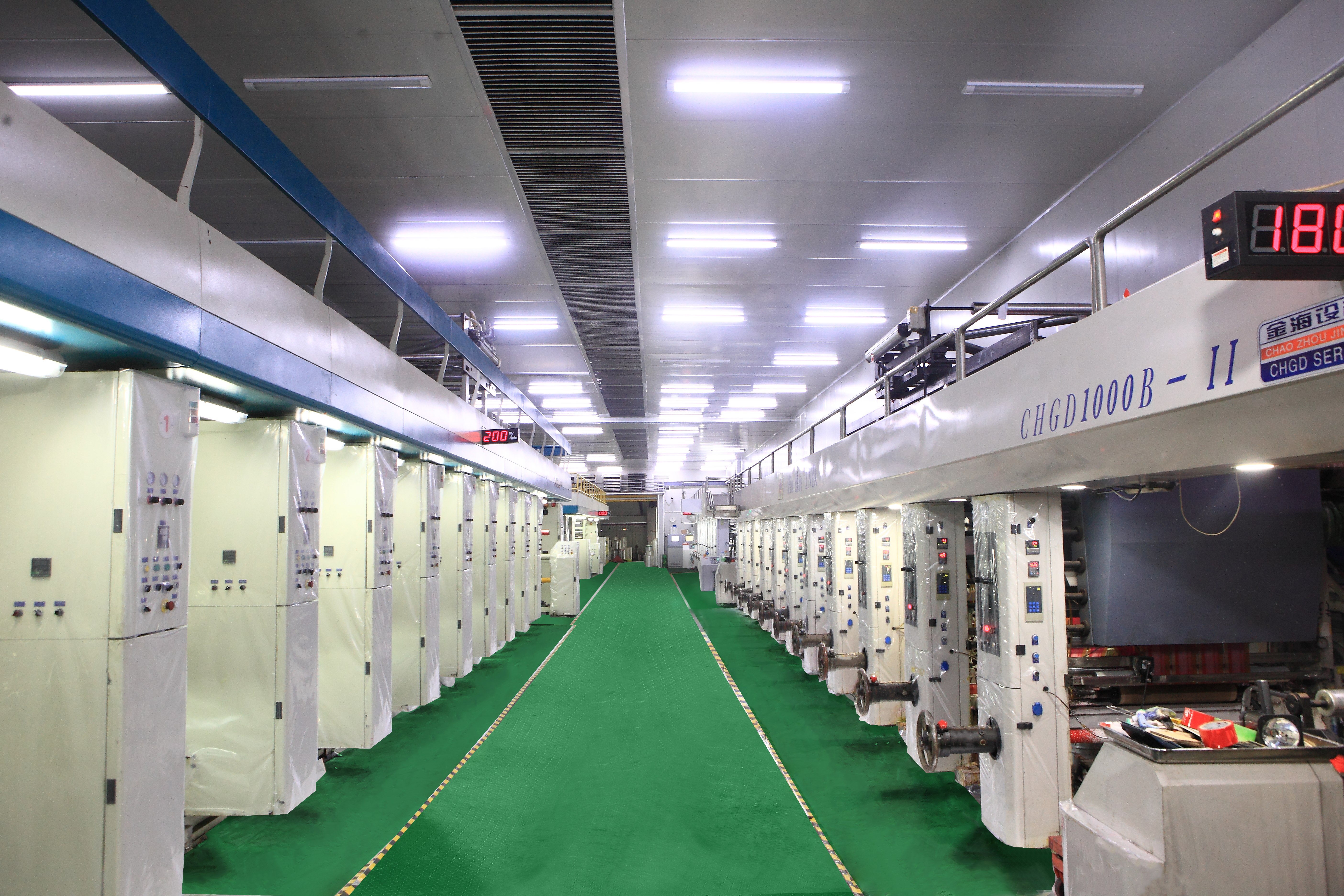
Let’s start with the analysis of composite pressure: During the dry lamination process, the composite pressure on each manufacturer’s process sheet and dry lamination machine is expressed in bar or MPa, generally 3bar or 0.3~0.6MPa. This value is actually the same as The pressure of the cylinder connected to the rubber roller. In fact, the composite pressure should be the pressure on the pressed material between the composite pressure roller and the composite steel roller. This pressure value should be kgf/m or kgf/cm, that is, the pressure on the unit length. That is, F=2K*P*S/L (K is the proportional coefficient, which is related to the cylinder pressure method. The direct pressure type is 1, and the lever type is greater than 1, which is related to the ratio of the lever power arm and the resistance arm; P is the cylinder pressure; S is the cylinder area; L is the width of the pressure roller). Because the cylinder sizes of different machines are different and the pressure application methods are different, when the values displayed on the pressure gauges of different machines are the same, the actual pressures are not necessarily the same.
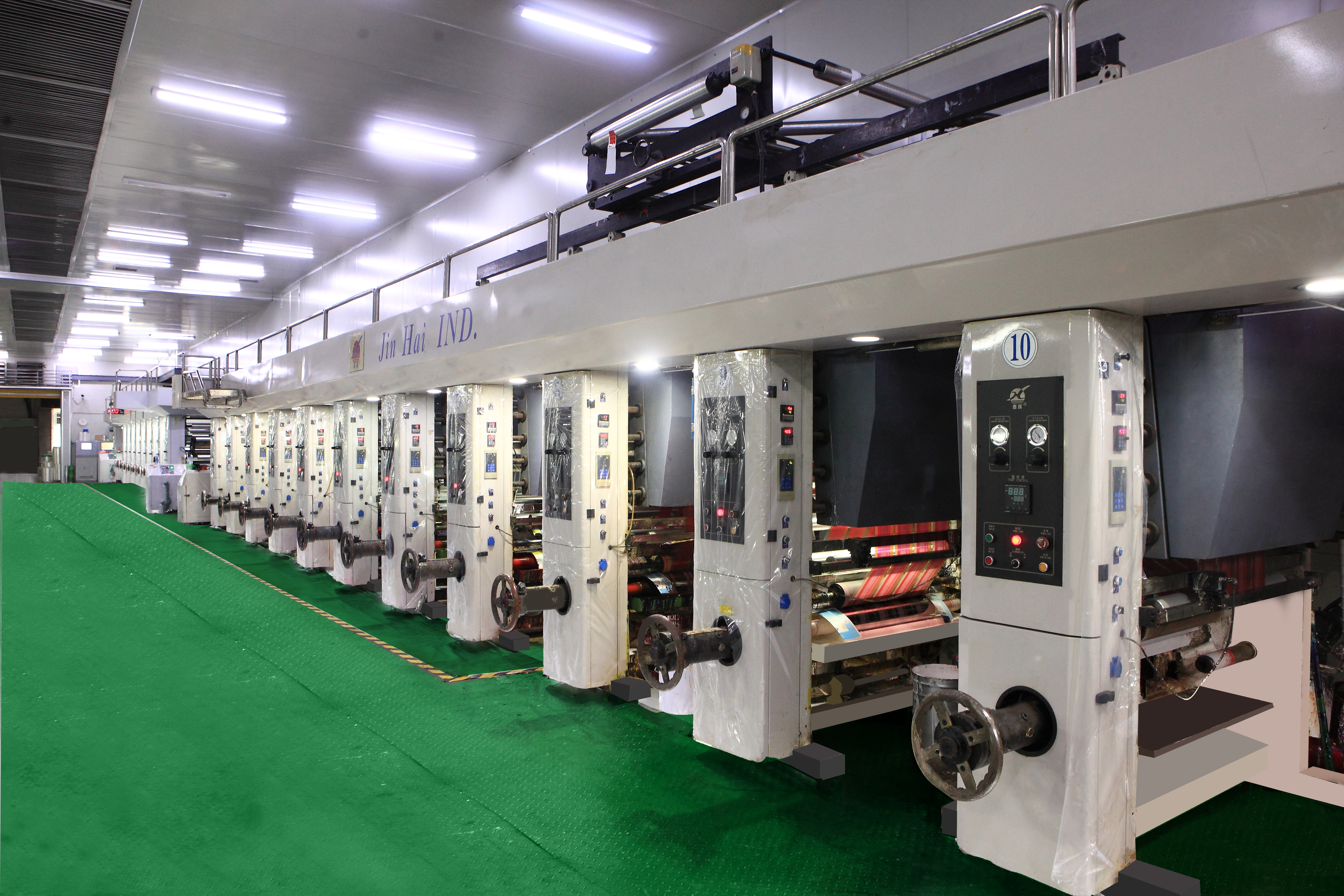
Let’s take a look at the lamination temperature: In dry lamination, after the adhesive comes out of the drying tunnel, the solvent has basically evaporated, leaving only the dry glue. This is because the dry reuse polyurethane adhesive will lose its viscosity at room temperature after drying. In order for the two substrates to fit together well, the adhesive must activate its stickiness. Therefore, when laminating, the laminating roller must be heated so that its surface temperature can cause the adhesive to generate activated viscosity.
After entering November, the temperature dropped significantly in some areas. In late November, the temperature in some areas was only around 10°C. When customers compound RCPP, raw materials are pulled directly from the warehouse to the production workshop for production. At this time, the temperature of RCPP is very low. Coupled with the low lamination temperature, the film is heated for a short time during lamination, and the overall temperature of the composite film is very low. The relative molecular weight of high-temperature cooking glue is relatively large and needs to be heated to stimulate the activity of the adhesive. If the temperature is too low, the initial bonding strength will be significantly reduced. After being placed in the curing chamber, the activity of the adhesive is stimulated and the strength can be increased immediately.
So, when we increased the compounding temperature and compounding pressure, this problem was solved.
Another problem that may be encountered when the film temperature is low is that because the temperature difference between the inside and outside of the workshop is relatively large, and the printing workshop is humidifying, when the film is unrolled, water vapor condenses, and the surface of the film will have a moist feeling, which will affect the appearance of the product after aging. and intensity cause great hidden dangers. In addition, due to poor leveling caused by low temperature when the adhesive is used, composite appearance problems also occur from time to time.
Preventive measures: In winter, raw materials and adhesives should be placed in the production workshop 24 hours in advance as much as possible. Customers with conditions can build a pre-greenhouse. Properly increase the temperature and pressure of the lamination roller to ensure that the film is "warm" after lamination and winding.
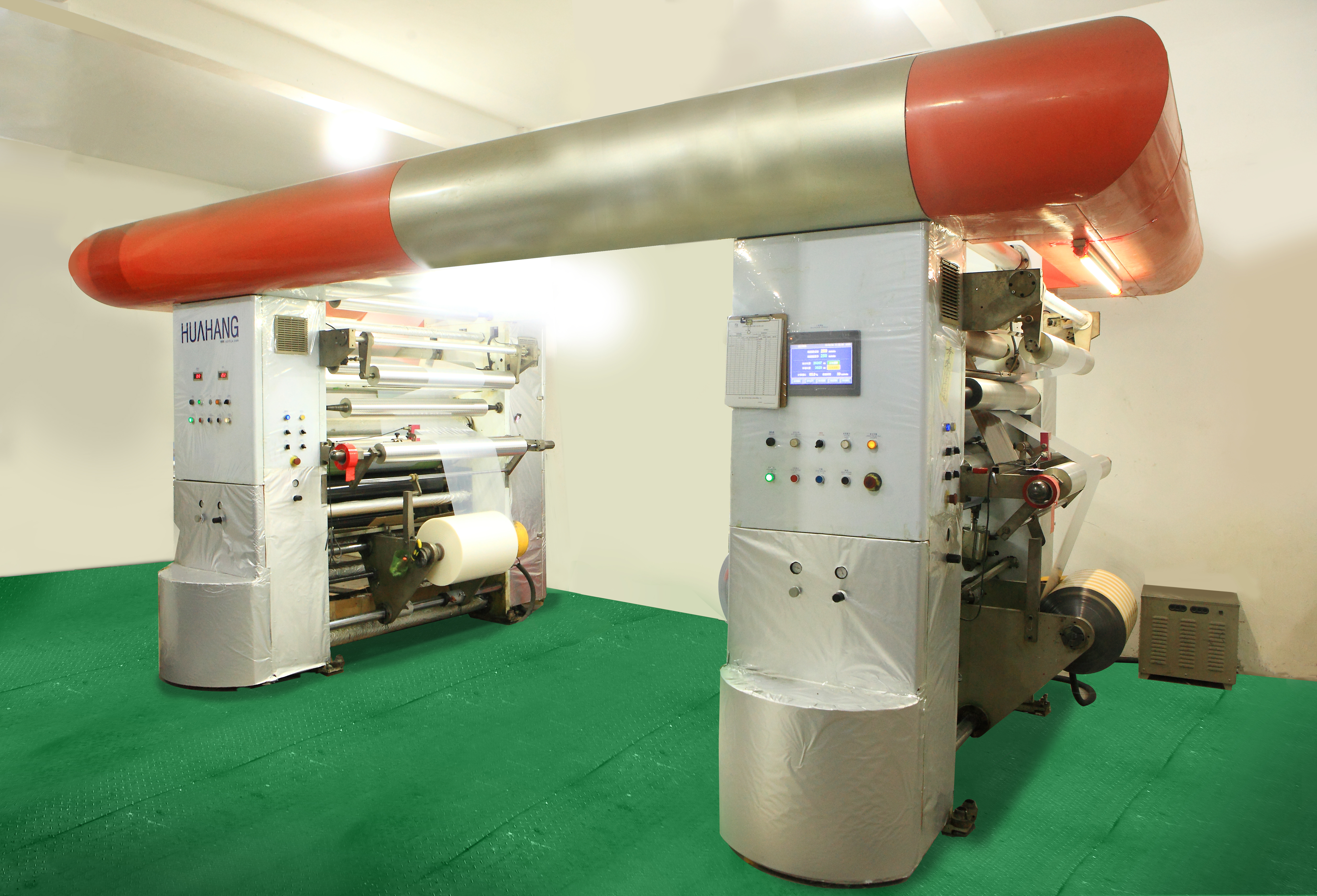
02 The retort bag is hard and brittle
With the arrival of winter, NY/PE boiled bags and NY/CPP retort bags become hard and brittle. The resulting problem is that the bag breakage rate increases. This has become a long-standing problem in the entire industry. Many large-scale packaging Enterprises are also troubled by this problem and are looking for solutions.
NY/CPP high temperature resistant retort bags generally refer to composite bags that can be sterilized at 121°C for more than 30 minutes. This type of packaging has good transparency, high strength, and is widely used. NY/PE bags are often used for boiling and vacuum bags due to their high strength and good toughness. However, this kind of packaging bags with olefin as the inner sealing layer always face two major problems: first, in the severe cold winter, the brittleness of the bag increases, and the bag breakage rate increases; second, after cooking or boiling, the bag becomes hard and the brittleness increases .
Generally speaking, the inner layer material of high-temperature retort bags is mainly RCPP. The biggest advantage of RCPP is that it has good transparency and can withstand high-temperature sterilization above 121°C. The disadvantage is that it is harder and more brittle than other heat sealing layer materials. This is especially true in low temperature environments. RCPP is divided into domestic and imported. It is understood that domestic products are mainly homopolymerized, and of course some companies are engaged in the modification of RCPP. Imported RCPP is mainly block-based, and the high-temperature resistance of homopolymer is significantly worse than that of block. Homopolymer RCPP will be denatured after high-temperature sterilization, that is, RCPP will become hard and brittle, while block RCPP can still be preserved before sterilization. of softness.
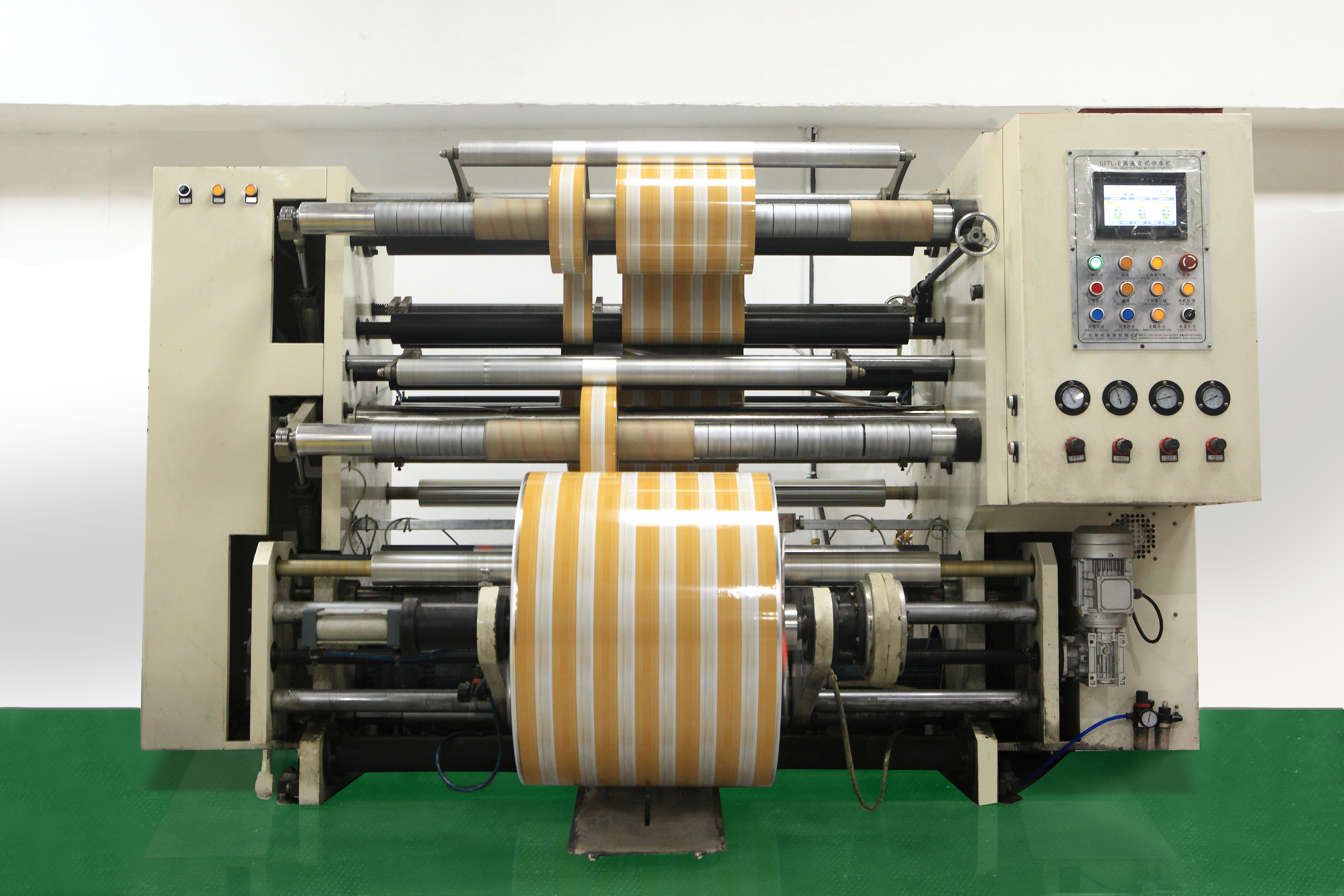
At present, Japan is at the forefront of the world's research on polyolefins. Japan's polyolefins are also exported to all over the world. The softness and overall performance of its NY/PE film and high-temperature cooking RCPP film are very good.
Therefore, I personally believe that polyolefin materials play a vital role in the problem of hardness and brittleness of NY/PE boiled bags and NY/CPP retort bags in winter. In addition, in addition to the impact of polyolefin materials, inks and composite adhesives also have a certain impact, and they need to be coordinated to finally produce high-quality boiled and high-temperature cooking bags.
Winter has many effects on extrusion lamination, among which the adjustment of the air gap is very important, and everyone should pay attention to it.
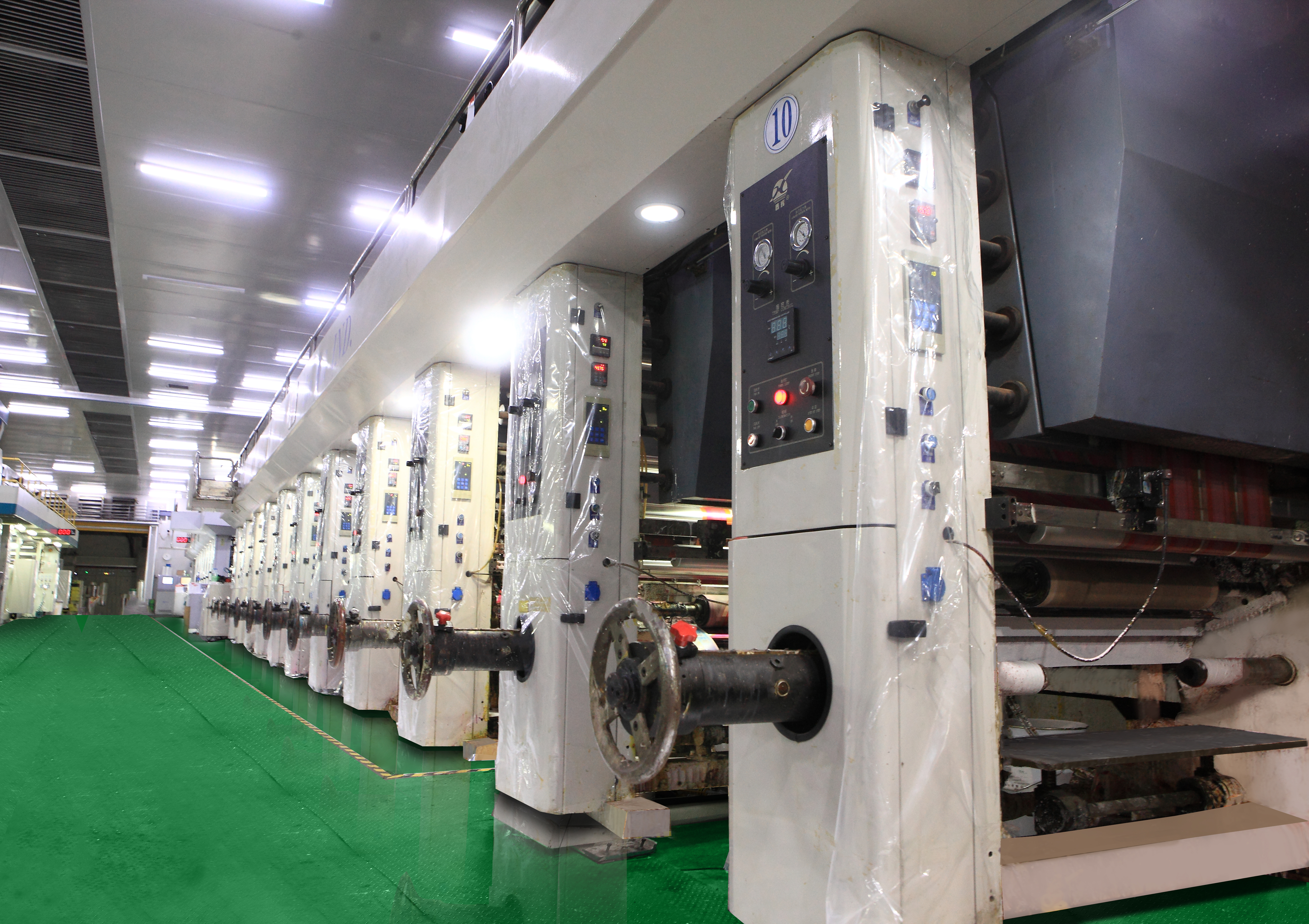
Post time: Dec-09-2023






